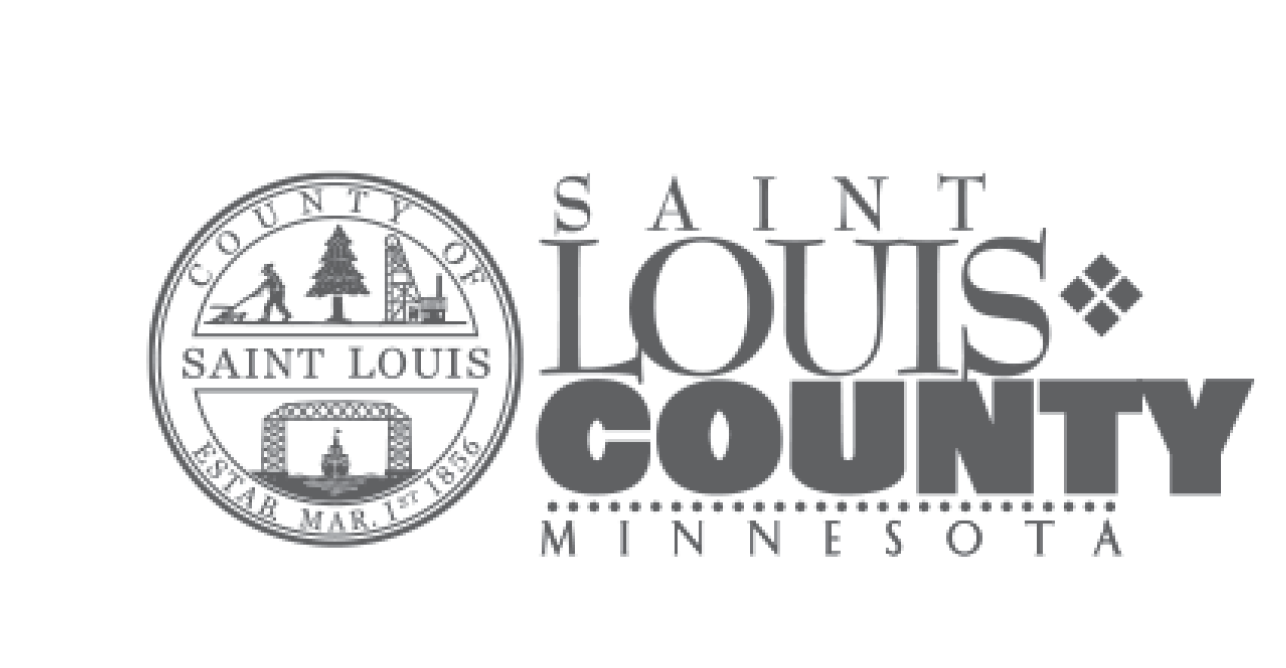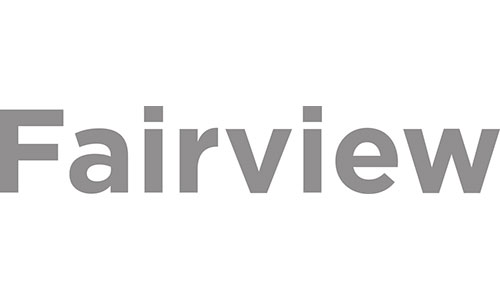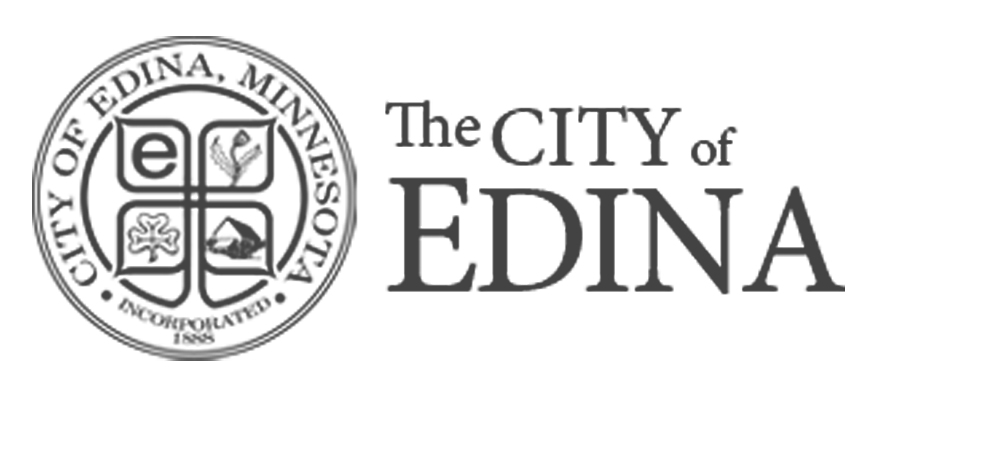It’s time to ask yourself: how are you approaching marketing on Facebook?
Sporadic posts? Not sure if you want to invest in Facebook ads? Don’t have a clue where you want to begin? Facebook certainly isn’t new, but marketers often take an “old school” approach to selling themselves and their business on this platform.
We’re here to help you prioritize your Facebook marketing while stretching yourself and your strategy, to get the most out of your social media marketing efforts.
Getting started with Facebook ads
Assuming that you have a pretty good handle on your buyer personas, the next question is, are you money wealthy with a lack of time, or time wealthy with a lack of money? This is an important question, because it means the difference between pushing:
- Organic advertisement (for the time wealthy who lack money)
- Paid ads (for the money wealthy who lack time)
Essentially, if you are going with organic advertising, you have time to push more quality content creation from your Facebook’s business page. For those who have the money to spend on paid Facebook ads, you can focus on creating fewer, high quality advertisements geared towards your target market. BUT REMEMBER: regardless of the Facebook ad type you are planning to start with, you have to continue to create high-quality content along with your Facebook ads. Content creation is a consistent, long-term commitment.
Getting started with Facebook ads
Since Facebook ads are cheap advertisement right now, we’d recommend most businesses to strive to incorporate them into their Facebook marketing strategy. BUT know that not all Facebook ads are created equal and if you’re planning on investing in ads, there are a few key take-aways:
- Know what your objective is when it comes to Facebook advertisement: If you don’t have an objective, you have no purpose making advertisements on Facebook. Make sure you have quantifiable goals that will come out of your Facebook ads—for example, how many conversions are you hoping to achieve by the end of three months?
- Choose an ad based on the conversion type you’re looking to accomplish: Are you looking to “connect,” “commit,” or “close” on a particular customer? Understand the difference between the three and why it’s important to target each individual customer with the corresponding ad type depending on where they are in their buyer’s journey (don’t worry, we’ll touch more on the ad types in a bit).
- Ask yourself if you’re ready for Facebook ads: It’s no surprise that paid advertisement costs money. So, it’s important to understand how Facebook ads work, how often your ads are being viewed, how often customers are engaging with your ads, and most importantly, how many conversions you’re getting. Because Facebook could be taking your money without you seeing any real ROI.
- Results take time: Know that results aren’t going to happen overnight. Because Facebook is such a crowded space, awareness, engagement, and converting people to get on board with your product or service is going to take time, effort, and consistency.
3 phases of Facebook advertising
We wanted to touch a bit more on the three phases of Facebook advertising. According to HubSpot, there are three phases of Facebook ads that are viewed by a target individual during each stage of their buyer’s journey:
- “Connect” ads: The goal of these ads is to cultivate and support your brand—you’re not trying to sell a product or service, but you are trying to peak engagement with your target audience.
- “Commit” ads: The goal of these ads is to take “connect” a step further through lead generation conversion ads—getting people to go beyond initial engagement and committing to your product or service through awareness.
- “Close” ads: The goal of these ads is to target and retarget sales, getting purchase conversion and creating action.
Again, it’s important to make sure these ads are seen by the right individuals depending on where they’re at in their buyer’s journey—this is one of the many reasons why it’s a process on the road to profits. You can’t expect to jump to a sales pitch anymore and see results; patience is necessary if you are going to succeed in reaching out and engaging with your target audience.
What does HubSpot recommend for ad creation?
HubSpot recommends that you create your ads in reverse order of the phases, beginning with the commit ads, but making sure your ads are automated to find people as they move through the stages of their buyer’s journey—taking into consideration that someone may be ready to “close” when another person is only at “connect.” Because video is the most popular ad type of Facebook, HubSpot highly recommends you invest in a video medium for your ads.
Our top Facebook video tips
Check out our top tips for Facebook video:
- Make sure you’re speaking to where your buyer is on their journey: It’s what we’ve been saying since day one. Don’t jump into a “close” ad when you haven’t engaged with your audience yet. That’s the best way to lose a potential buyer.
- Make it authentic: People want to see a humanistic approach to ads, an emotional relationship, and something or someone they can resonate with.
- Always lead with a hook: You only have about 2 seconds to grab a person’s attention when it comes to a Facebook ad. So always start with something that’ll grab their attention and hold it. Where do they find value in the content?
- Make it short: If you don’t, you will be sure to lose the attention of your viewer—instead, focus on leaving them feeling satisfied but wanting more.
- Make it engaging with the sound off: Did you know that 85% of viewers watch Facebook videos without sound? It’s true. So, make sure your video is just as interesting with the sound off.
How many video ads should I create?
HubSpot recommends a total of 9 videos for each of your phases (3 “connect,” 3 “commit,” and 3 “close”). These are considered your “greatest hits” videos that continue to do the work for you, even when you’re not. The content in these videos should be “evergreen,” speaking to your audience at each stage and revolving around your company’s overall brand.
4 Common Facebook mistakes
We want to warn you ahead of time of the four big mistakes people often make when it comes to creating Facebook ads:
- They don’t know their numbers: Facebook ads are cheap, but you need to ask yourself if you can afford the paid ads. Look into the options, metrics, and your analytics to make sure you aren’t losing money when you invest.
- People create random Facebook ads: When people create random Facebook ads rather than moving people through the three phases, there isn’t a strategy, and there isn’t ROI success.
- You continue to create ads, causing the audience to become “maxed out”: Whether you’re trying to reach too many people, or creating ads that are so focused on selling, it proves that you are so focused on your own ROI that you don’t see the benefit of long-term branding and how necessary it is.
- Creating link click ads: These are ads that drive people away from Facebook and lead them to a landing page on your site—this can cause friction at any stage for your buyer, who doesn’t want to be taken to another link to fill out a form. Considering American’s spend 20% of their mobile time on Facebook and Instagram, one can assume that they are on their phones when they click on your link and they don’t want to fill out a form on a website on their phone. Reduce friction by making it as easy as possible for your target audience to see the content they want with the use of lead ads. Facebook can automatically fill in as much information as it can so the user doesn’t have to.
Conclusion
So now you know a bit more about what to do and what not to do when it comes to Facebook advertising. Now what? Time to take a chance and get started.
Looking for more help with your Facebook marketing strategy? Want help making awesome Facebook videos and more content? Give us a call or shoot us an email. We’d be happy to answer any question you have. [email protected]



